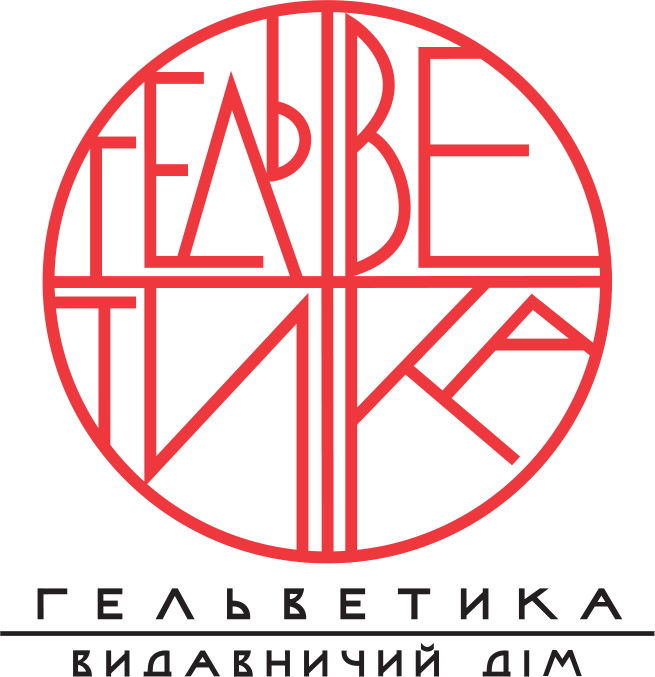DESIGN OF MULTIFUNCTIONAL CULTURAL AND LEISURE BUILDINGS AS A MEANS OF AESTHETISATION OF PUBLIC SPACE IN CHINA
DOI:
https://doi.org/10.32782/uad.2025.1.3Keywords:
design of temporary structures, public space, form-forming techniques, traditions, innovations, spatial modeling, pavilionAbstract
Global changes in the development of the economy of the PRC have contributed to changes in the attitude of man to the environment and have gradually led to a revision of strategies for the aestheticization of public space. A new vision of the environment for human recreation is developing on the principles of sustainable development, contributing to the activation of «man-nature» relations and the definition of concepts for the introduction of variable design to create the most comfortable conditions for recreation. In this context, temporary structures, which differ in functional purpose, constructive solution, proposals for solving them in public space and innovative design solutions, are becoming a common element of solving these issues. By forming such temporary architectural objects, the architectural and artistic image of any city in China becomes more individual, aesthetically attractive and, most importantly, helps to solve the needs of modern man in his vision of his own active or passive recreation within the public space of the city. The creation by specialists of an aesthetic image of temporary structures for perception is based on the reception of ecological and cultural responsibility, because the organic inclusion of temporary objects in the pre-existing public space of the city determines the attitude of architects and designers to the environmental tasks of the present and historical and cultural traditions when identifying the artistic image of the object. However, it should be emphasized that the variability of the methods of their spatial modeling is quite diverse and includes the use of both traditional materials for the country and modern ones, which allow using parametric modeling to achieve the desired result of their construction. All of the above possibilities contribute to the positive development of human socialization and the improvement of his socio-cultural recreation. Let us consider them in more detail.
References
Кривуц С.В. Тесселяція як метод формування дизайну тимчасових павільйонів в системі міського середовища. Матеріали II Міжнародної науково-практичної конференції «Scientific researches and methods of their carrying out: world experience and domestic realities», Відень, Австрія. 2021. С. 317–324.
Кривуц С.В., Пікущий О. Дерево в сучасному дизайні середовища: традиційний та інноваційний підходи. Матеріали міжнародної науково-практичн. конференції «Topical issues of modern science, society and education». SPC “Sci-conf.com.ua”, Kharkiv, Ukraine. 2021. С. 961–964.
Лагода О. Естетичний дискурс дизайну: проблематизація, маніфестація, репрезентація. Актуальнi питання гуманiтарних наук. 2021. Вип 40. т. 2. С. 56.
Романова А., Кривуц С.В., Архітектура Марка Форнес. Матеріали VI міжнародної науково-практичн. конференції «Topical issues of modern science, society and education». SPC “Sci-conf.com.ua”, Kharkiv, Ukraine. 2021. С. 1068.
Riichi Miyake, Ian Luna, Lauren A. Gould. Shigeru Ban: Paper in Architecture; Rizzoli International Publications: New York, NY, USA, 2009. 232 p. URL: https://www.amazon.com/Shigeru-Ban-Architecture-Riichi-Miyake/dp/0847832112 (дата звернення: 09.03.2025)



